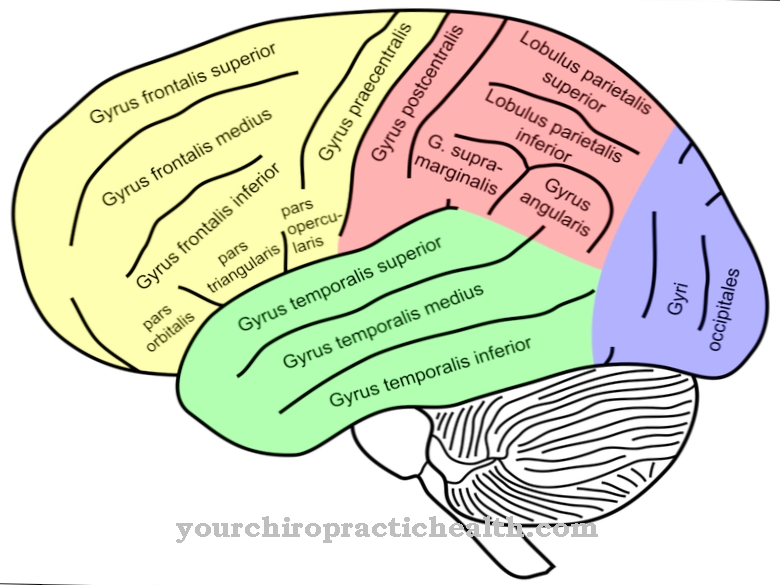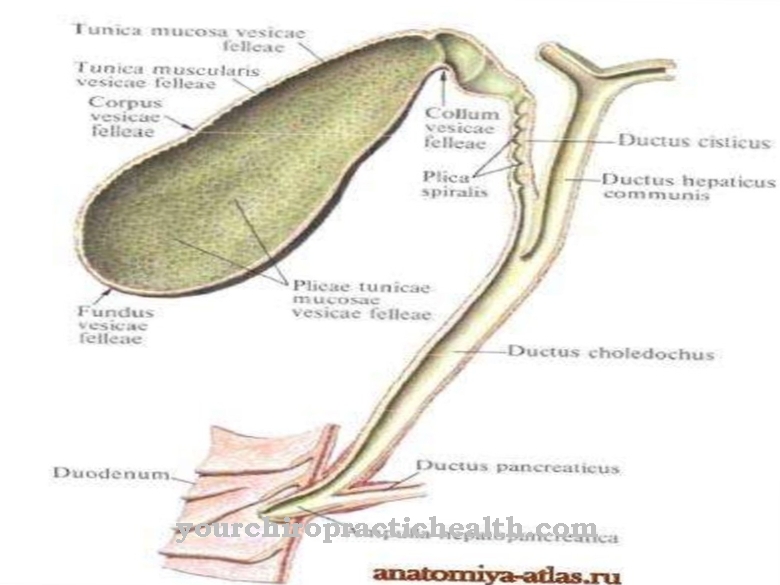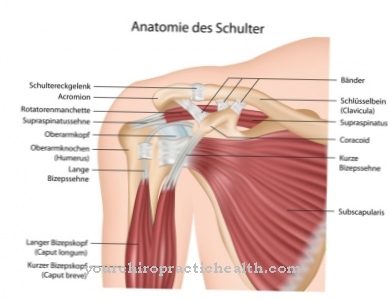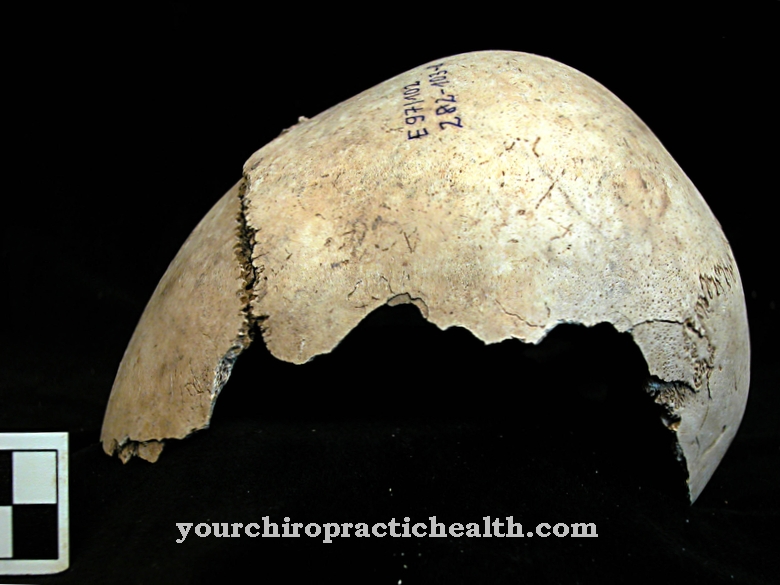Together with the back and chest muscles, the Abdominal muscles the muscular corset of the trunk. They enable various trunk movements, support breathing, protect the organs located in the abdominal cavity and also contribute to elimination via the abdominal press. The most common clinical pictures include strains and hernias, as well as herniated discs, which often arise as a result of poor training condition of the abdominal muscles.
What are abs
The abdominal muscles or abdominal muscles (from Latin: abdomen = stomach) together with the muscles of the back and chest form the core muscles. They are needed to bend the trunk forwards or to the side. In addition, they are used for all rotational movements of the trunk.
They are involved in exhalation and support excretion via the abdominal press by tensing them up to increase the pressure inside the abdomen. Functioning abdominal muscles are of decisive importance for an upright and therefore healthy posture.
As a direct antagonist (opponent) to the muscles of the back or the spine, well-developed abdominal muscles avoid a hollow back and in this way efficiently protect the intervertebral discs and the nerve structures emerging from the spinal canal.
In contrast to the muscles of the extremities of the arms and legs, the abdominal muscles arise on the skeleton and are therefore counted as skeletal muscles.
Anatomy & structure
From an anatomical point of view, the abdominal muscles are divided into a superficial and a deep part. The superficial muscles form the anterior and lateral abdominal wall.
The front (also middle) abdominal muscles are the straight abdominal muscle (M. rectus abdominis) and the pyramidal muscle (M. Pyramidalis), the lateral part consists of the transverse abdominal muscle (M.transversus abdominis) and - placed on the left and right - from the external and internal oblique abdominal muscles (M. obliquus externus and internus abdominis).
The lateral abdominal muscles end at the midline of the abdomen (median line) in tendon plates that together form a shell in which the straight abdominal muscle lies. This line (also called the rectus sheath) runs from the breastbone down to the pubic symphysis. The deeper part of the abdominal muscles is formed by the quadratic lumbar muscle (M. quadratus lumborum), some classifications also include the M. iliopsoas.
Function & tasks
All abdominal muscles work together to ensure a physiological and therefore healthy posture and an upright gait. In addition, they make an important contribution to the stable fixation and protection of the organs of the abdominal cavity. The main function of the straight abdominal muscle is to bend the trunk forward or - if the upper body remains in a fixed position - to lift the legs.
The muscle is also involved in the abdominal press. A good training condition of the straight abdominal muscle is optically clear from the colloquial “six pack”. The oblique abdominal muscles are particularly important for the main task of the abdominal muscles, to effectively tense the trunk and in this way to protect the sensitive spine from one-sided loads or external influences. The inclined part is also required if you want to turn the trunk to the right or left or tilt it sideways.
The tension of the oblique abdominal muscles also increases the intra-abdominal pressure and thus participates in the abdominal press. The transverse abdominal muscle supports the straightening of the pelvis and also shapes the waist. The task of the quadratic lumbar muscle belonging to the posterior abdominal wall is to tilt the trunk sideways. In addition, it supports exhalation and, through its stabilizing function, inhalation.
You can find your medication here
➔ Medicines against tension and muscle painIllnesses & ailments
One of the common symptoms in the area of the abdominal muscles is the classic strain. Here the muscle fibers are stretched beyond the normal range through abrupt, non-physiological movements. The smallest structures react with cracks, which are sometimes perceived as very painful by those affected when they move.
Often, healing the abdominal muscle strain is a comparatively longer process, as the abdominal muscles are practically always in use in normal everyday life due to their holding and support function and can therefore hardly be spared. Weak abdominal muscles can also promote the occurrence of an inguinal hernia, in which parts of the intestines bulge outwards through a gap in the abdominal wall and usually have to be surgically brought back into place.
In terms of clinical pictures, however, insufficiently trained abdominal muscles have the greatest relevance on the spine: A muscular imbalance - weak abdominal muscles and strong back extensors - can lead to a hollow back, which in the long term can damage the intervertebral discs and the nerves emerging from the spinal canal.
The classic herniated disc is often caused by an inadequate training condition of the abdominal muscles in connection with poor or one-sided posture. In concrete terms, this means that in conservative therapy, abdominal muscle training is one of the most important pillars of treatment.



























